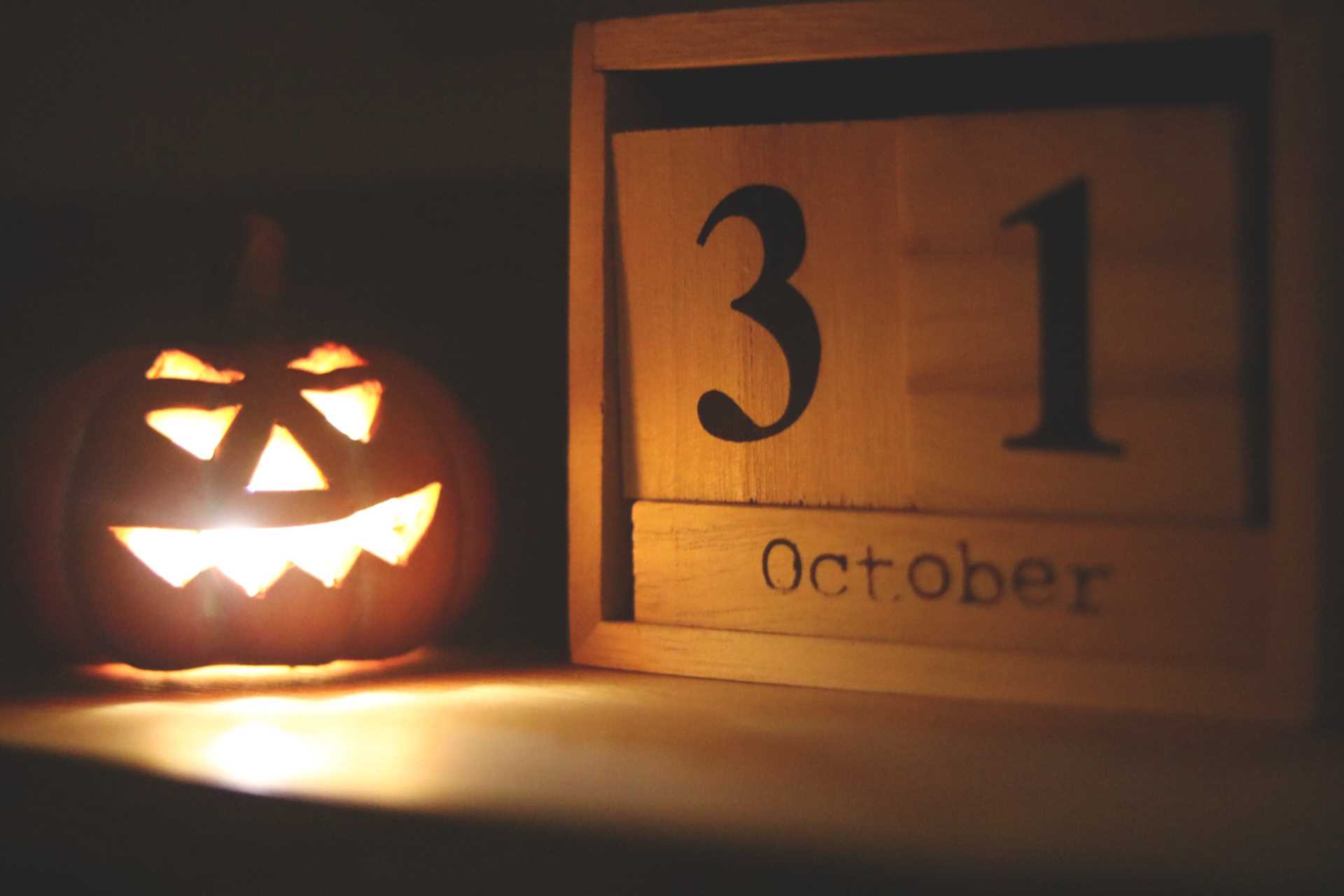
Date Published 18 October 2022
As 31 October will shortly be upon us, lots people around the country will again be celebrating Halloween with traditional activities – carved pumpkins, trick or treating and fancy dress. Many of us think of this as an Americanised festival of ghosts and ghouls but most of the activities associated with this time of year are rooted in European folklore and tradition.
The modern day Halloween is mainly thought to have originated from the ancient Celtic festival of Samhain, which was held around 1 November, the date that marked the transition from autumn to winter. It was this time of year where people believed the boundary between the worlds of living and dead became blurred and was when the souls of the dead were said to revisit their homes.
The practice of decorating ‘jack o'lanterns' is believed to have originated from an Irish folktale about a man named Jack cursed to spend all of time roaming the earth with only a burning coal (inside a carved out turnip) to light the way which was his punishment for trying to trick the devil.
Across the British Isles people used turnips, beets or potatoes, to make their own versions of these lanterns – carving scary faces into them and placing them near doorways or windows to frighten away Jack and other wandering evil spirits.
During the 19th Century, immigrants to the USA took these traditions with them, and swiftly discovered that pumpkins, the native American fruit, are far easier to carve into elaborate faces and shapes and make perfect jack o'lanterns.
The modern form of ‘trick or treating' is likely to have had its origins in early medieval pageantry too. Around this time of year, usually just before All Souls' Day, poorer members of society would go from door to door, receiving food (often pastries or specially baked ‘soul cakes') in return for their promise to pray for the household's dead relatives. These practises were even encouraged by the church and became known as ‘going a souling'.
Traditions of dressing up also became linked to the custom, particularly in Scotland, where it was known as ‘guising'. Like many such customs, dressing up had its roots in superstition, as people wore masks or costumes to either avoid being recognised by or to placate the ghosts and spirits that they believed crossed into the physical world at this time of year. These traditions had died out, except for a few local celebrations which we know now as ‘trick or treating' because associated with Halloween time in America, but it seems likely that this modern day activity was inspired by the traditions of times gone by.